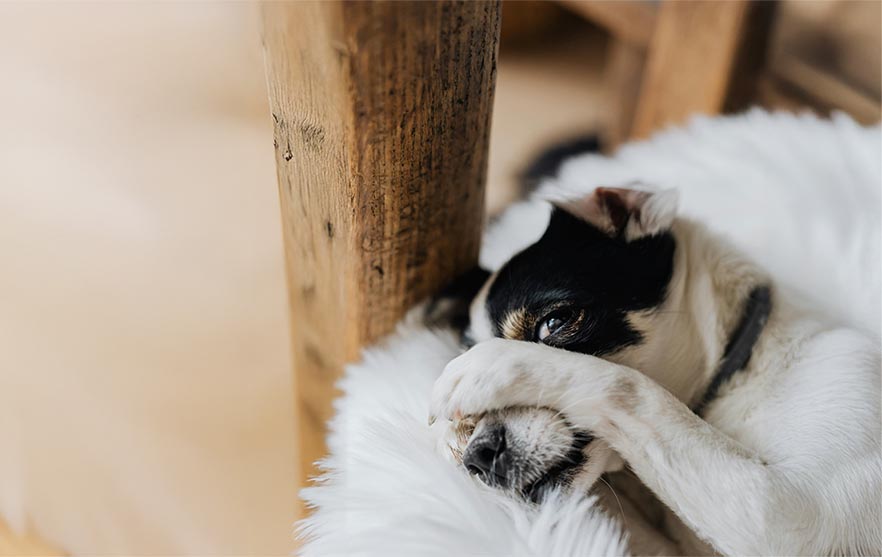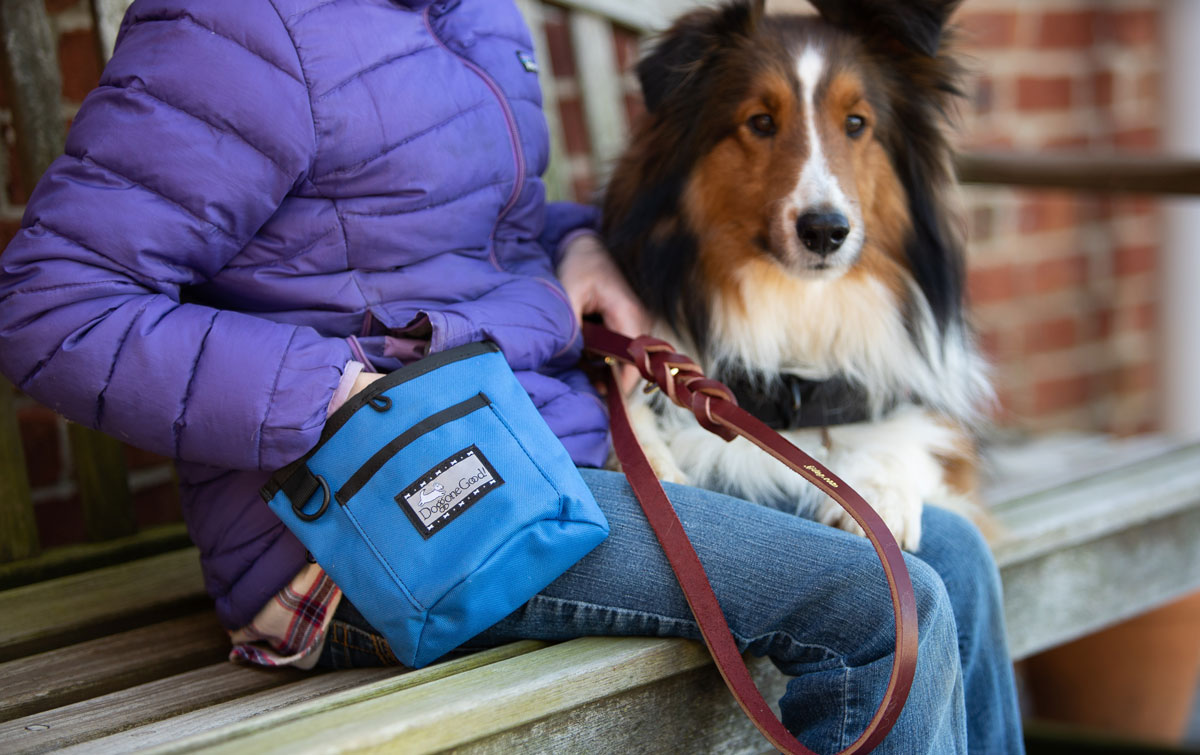Tracking is Great for Building Confidence in Shy Dogs
Nov 15th 2024

Shy dogs, whether they are naturally timid or have had experiences that make them more cautious, can greatly benefit from confidence-building activities. For dog owners, particularly those participating in competitions such as AKC events, fostering self-assurance in their dogs is key to success. One powerful tool for boosting a shy dog’s confidence is tracking training, a discipline that engages their natural instincts and allows them to focus on achievable, rewarding goals. This guide will cover everything you need to know about using tracking to help with building confidence in shy dogs, whether you’re a seasoned dog trainer or exploring options for the first time.
Understanding Canine Shyness and Its Implications
Shyness in dogs can stem from inadequate socialization, traumatic experiences, or even genetics. You may recognize it in a dog that avoids eye contact, cowers, trembles, or is reluctant to engage with unfamiliar people, animals, or environments. In competitive settings, this hesitation can impact a dog’s performance, which makes addressing these behaviors essential for both training success and the dog’s overall well-being.
Why Tracking is an Ideal Shy Dog Training Method
Training for tracking competitions involves teaching a dog to follow a specific scent trail. It’s great shy dog training because mentally engaging, physically challenging, and provides a sense of accomplishment, all of which are beneficial for a dog’s confidence. Tracking can work wonders for shy dogs because it directs their focus on something natural to them - using their nose - rather than on anxiety-inducing stimuli.
Here are the main benefits of tracking for timid dogs:
- Mental Engagement: When a shy dog concentrates on a scent trail, it takes their attention away from surrounding distractions, helping them stay calm and focused.
- Physical Exercise: Tracking provides an excellent physical outlet, reducing stress and helping release pent-up energy.
- Sense of Accomplishment: Successfully completing a tracking exercise provides dogs with a feeling of success, which reinforces their self-esteem and encourages positive behavior.
Getting Started with Tracking for Shy Dogs
Building confidence in shy dogs requires a step-by-step approach, ensuring that they feel safe and rewarded at every stage. Here’s how to get started:
You’ll want to start in a familiar setting because you want a comfortable area where the dog feels safe. This could be your backyard or a quiet, familiar park. Next, make sure to reward each successful step with treats or toys the dog loves. Positive reinforcement will encourage them to engage more willingly.
Keep in mind that you don’t want to do too much, too quickly. Start with short, simple tracks and slowly increase the distance and complexity as the dog gains confidence. Each small success will reinforce their comfort level.
When wondering how to build confidence in a dog, always remember that the key is to be patient and consistent! Confidence-building is a gradual process. Practice regularly and maintain a steady schedule to help reinforce learning.
A Step-by-Step Guide to Tracking Training for Confidence
- Step 1: Introduction to Scent. Start by introducing a specific scent, like a toy or piece of cloth with your scent on it. Let your dog sniff it and offer them a reward for engaging with it.
- Step 2: Setting Up Simple Tracks. Lay down a short trail by walking a few steps and leaving the scent item at the end of the track. Encourage your dog to follow the scent and reward them when they reach the end.
- Step 3: Increasing Difficulty. Gradually add turns or longer trails as the dog becomes comfortable. Praise and reward them every time they follow the track correctly.
- Step 4: Adding Obstacles. To challenge them further, incorporate simple obstacles into the trail, like walking around a tree or under a bench. This encourages the dog to think critically and stay focused on the scent.
- Step 5: Practice in New Environments. Once they’re confident in a familiar setting, move to a new area with minimal distractions. Gradually increase the complexity, always keeping sessions positive and rewarding.
Related Activities for Building Confidence in Timid Dogs
While tracking is a great activity, it doesn’t have to stop there! You can also train your dog to do other competitive activities. Agility training is great because it is similar to tracking in many ways. Agility courses challenge dogs mentally and physically, helping them overcome their fears as they master obstacles.
There are also other things you can do that aren’t as organized or competitive. For example, try out scent work games. They allow you to hide treats or toys help shy dogs engage their senses in a fun, low-pressure way.
When building confidence in timid dogs, don’t over look basic obedience commands, such as practicing “sit,” “stay,” and “come.” These can really reinforce a shy dog’s confidence as they learn to respond reliably to commands. Also, socialization sessions are controlled, positive socialization experiences with other dogs and people which can improve a shy dog’s comfort level.
How To Make A Timid Dog More Confident
Building confidence in shy dogs is a rewarding journey, and tracking training can play a significant role. This activity engages a dog’s natural instincts while reinforcing positive behavior, giving them the mental and physical stimulation they need to thrive. Whether you’re a seasoned handler or just starting, tracking can be the tool you need to turn a timid dog into a self-assured competitor.





